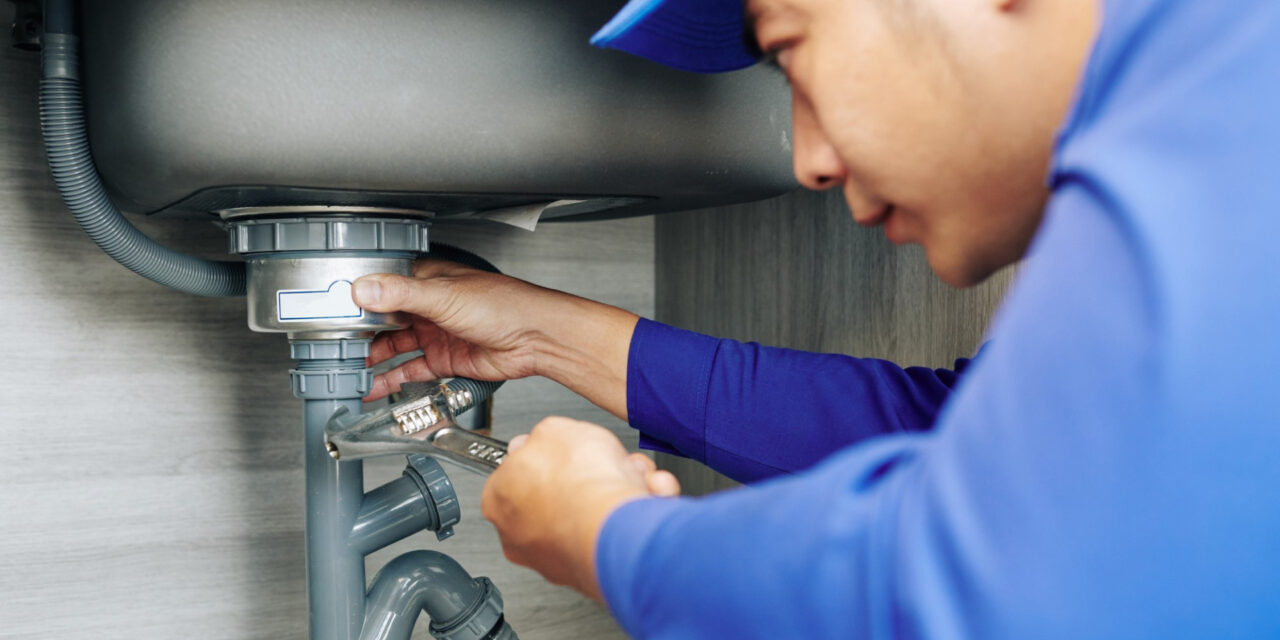Exactly how to Locate and also Fixing Water Leaks-- A Comprehensive Guide
Exactly how to Locate and also Fixing Water Leaks-- A Comprehensive Guide
Blog Article
The writer is making a number of good points relating to Detecting hidden plumbing leaks as a whole in this great article following next.

Early detection of dripping water lines can reduce a possible catastrophe. Some little water leaks might not be visible.
1. Take A Look At the Water Meter
Every house has a water meter. Inspecting it is a surefire manner in which helps you find leakages. For starters, shut off all the water resources. Guarantee no person will flush, make use of the faucet, shower, run the washing machine or dishwashing machine. From there, most likely to the meter and watch if it will transform. Since nobody is utilizing it, there should be no motions. That shows a fast-moving leakage if it moves. Also, if you find no changes, wait a hr or two and inspect back once more. This implies you may have a sluggish leakage that might even be underground.
2. Inspect Water Usage
Examine your water bills as well as track your water usage. As the one paying it, you must observe if there are any type of disparities. If you detect sudden changes, regardless of your intake coinciding, it suggests that you have leakages in your plumbing system. Bear in mind, your water costs must drop under the same variety each month. An unexpected spike in your expense suggests a fast-moving leak.
On the other hand, a consistent rise each month, despite the same habits, reveals you have a sluggish leak that's also gradually escalating. Call a plumber to extensively inspect your residential property, particularly if you feel a cozy area on your flooring with piping beneath.
3. Do a Food Coloring Examination
When it comes to water consumption, 30% comes from bathrooms. If the color somehow infiltrates your dish during that time without flushing, there's a leakage in between the tank as well as bowl.
4. Asses Exterior Lines
Do not forget to inspect your exterior water lines too. Examination spigots by connecting a yard hose. Must water seep out of the connection, you have a loosened rubber gasket. Change this and make sure all links are tight. If you've obtained a sprinkler system, it will certainly aid get it expertly took a look at and also maintained yearly. One tiny leak can lose lots of water and also spike your water bill.
5. Evaluate and Assess the Scenario
House owners need to make it a habit to examine under the sink counters and even inside cabinets for any bad odor or mold and mildew development. These 2 red flags show a leak so timely attention is required. Doing routine inspections, also bi-annually, can conserve you from a significant problem.
If you understand your house is currently old, maintain a careful eye on your heating units, pipes, pipelines etc. Check for stainings and compromising as many pipes and also devices have a life span. They will also naturally deteriorate due to deterioration. Do not wait for it to rise if you suspect leaking water lines in your plumbing system. Call a professional plumber as soon as possible so you do not end up with a terrible mess in your house.
Early discovery of leaking water lines can alleviate a potential calamity. Some tiny water leakages may not be noticeable. Examining it is a guaranteed means that helps you find leakages. One tiny leak can throw away heaps of water and surge your water bill.
If you think dripping water lines in your plumbing system, do not wait for it to rise.
WARNING SIGNS OF WATER LEAKAGE BEHIND THE WALL
PERSISTENT MUSTY ODORS
As water slowly drips from a leaky pipe inside the wall, flooring and sheetrock stay damp and develop an odor similar to wet cardboard. It generates a musty smell that can help you find hidden leaks.
MOLD IN UNUSUAL AREAS
Mold usually grows in wet areas like kitchens, baths and laundry rooms. If you spot the stuff on walls or baseboards in other rooms of the house, it’s a good indicator of undetected water leaks.
STAINS THAT GROW
When mold thrives around a leaky pipe, it sometimes takes hold on the inside surface of the affected wall. A growing stain on otherwise clean sheetrock is often your sign of a hidden plumbing problem.
PEELING OR BUBBLING WALLPAPER / PAINT
This clue is easy to miss in rooms that don’t get much use. When you see wallpaper separating along seams or paint bubbling or flaking off the wall, blame sheetrock that stays wet because of an undetected leak.
BUCKLED CEILINGS AND STAINED FLOORS
If ceilings or floors in bathrooms, kitchens or laundry areas develop structural problems, don’t rule out constant damp inside the walls. Wet sheetrock can affect adjacent framing, flooring and ceilings.
https://www.servicemasterbyzaba.com/blog/how-to-detect-water-leakage-in-walls/

I am just very serious about Finding hidden leaks and I really hope you enjoyed our post. For those who enjoyed our page please don't forget to share it. We take joy in reading our article about Finding hidden leaks.
Report this page